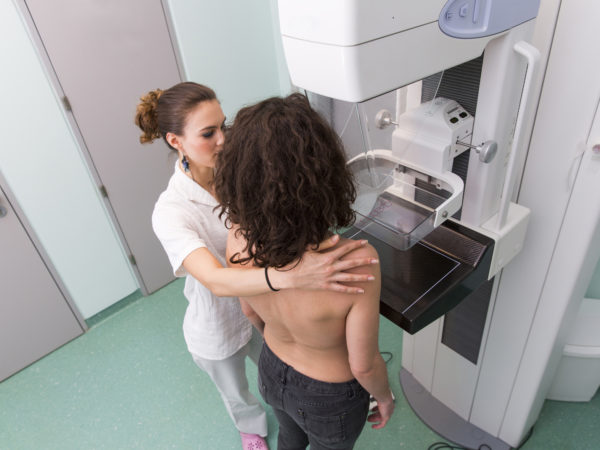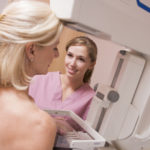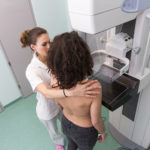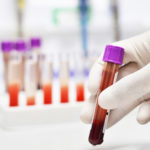A Better Test For Breast Cancer?
Is breast thermography a reliable test for breast health? I have heard the radiation from mammograms is dangerous and that thermography is safer.
Andrew Weil, M.D. | January 24, 2008

Originally posted 5/4/2004
Breast thermography, also called infrared imaging, uses a special camera and computer analysis to measure and map “hot spots” in the breast that may or may not suggest cancer. Hot spots may indicate an area where new blood vessels are forming to feed a tumor. If, for example, thermography finds one in the left breast that isn’t present in the right, the difference might suggest an abnormality – not necessarily cancer.
Breast thermography has been approved by the FDA as a safe test, but not as an effective screening or diagnostic test for early detection of breast cancer because it misses some cancers and has a high false positive rate. (That is, it identifies areas in the breast as malignant that are not.)
Despite thermography’s poor track record, it is widely promoted on the Internet as a valuable tool that can find breast cancer earlier than any other available test. It is also described as more comfortable than mammography (true, since no breast contact is involved) and radiation-free (also true). These may be powerful selling points for some women, but the FDA, the American Cancer Society, and the American College of Radiology warn that thermography is not a substitute for (or even a useful adjunct to) mammograms at this time.
Mammograms may not be the ideal method of screening for breast cancer – they can be uncomfortable and do expose women to radiation, which has a cumulative risk over time. Furthermore, there is widespread medical uncertainty about how often women should be screened (or even if they should be screened at all). Your best bet is to review your family history and breast cancer risk profile with your physician and make your decision about mammograms accordingly. I would not rely on breast thermography for the time being.
Andrew Weil, M.D.









